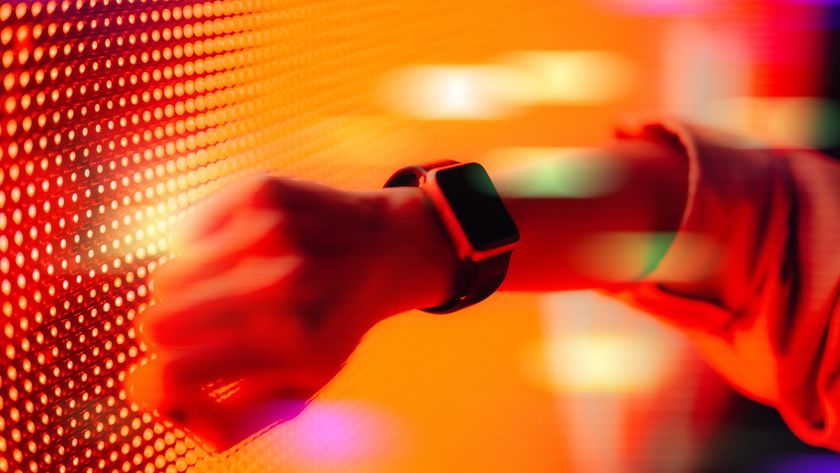Satellite Phones on TV's 'Lost' Can't Be Real

Mind games. An island with peculiar powers. The banality of evil. Polar bears in the tropics. And now… satellite phones?
ABC's prime-time hit series LOST probably has a record for non-standard plot devices, but in the last several episodes (amidst wrenching back-flashes and fore-shadowings) viewers saw the spiritually-tested castaways struggle with the arrival of newcomers who can actually communicate with the outside world.
They carry something resembling a large cell phone with a touch-screen face, like a long narrow Apple iPhone, with no visible antenna. A spokesman for the LOST production company confirmed to LiveScience that the devices are, indeed, supposed to be satellite phones.
But there's a slight problem, one that may carry no weight in the show: In the real world they couldn't possibly be satellite phones.
"No satellite phone handset that I am aware of has any form of touch screen available to the user," said a spokesman for Globalstar Inc., a satellite phone network.
Product photos of handsets from both by Globalstar and its competitor, Iridium Satellite LLC, show that their satellite phones look like chubby cell phones with small display screens and sizeable antennas.
Meanwhile, LOST characters are depicted as tracking each other's locations using the handsets' screens, which can apparently deliver high-resolution, full-motion video.
Sign up for the Live Science daily newsletter now
Get the world’s most fascinating discoveries delivered straight to your inbox.
"It is technically possible for satellite and cellular companies to track the location of a certain satellite or cellular handset, and some satellite handsets, including our own, do provide the user with the ability to determine their geographic location coordinates," said the Globalstar spokesman. "But no handset I know of can track another specific satellite phone."
Oh well—it is fiction, after all. ABC was not able to supply any out-takes of the phone's screen, because, apparently, it's a computer-generated special effect, indicated the LOST spokesman.
Real satellite networks either depend on swarms of satellites in low-earth orbit (such as Globalstar and Iridium) or a few satellites in high geo-synchronous orbits (the best example being London-based Inmarsat Plc., which specializes in service for ships at sea.) In all cases there are ways to patch satellite phone calls into the standard terrestrial dial-up network.
Low-earth-orbit handsets work whenever there is a satellite overhead, which should be most of the time. Geostationary systems work when there is a clear line-of-sight to the satellite overhead. As for the LOST phones, there was no obvious reason why reception is so scratchy.
Doubtless, the writers will come up with something.
- 10 Technologies That Will Transform Your Life
- Wild Technologies: The Next Step with Richard Hart
- Video: Learn How to Start a Fire Without Matches



